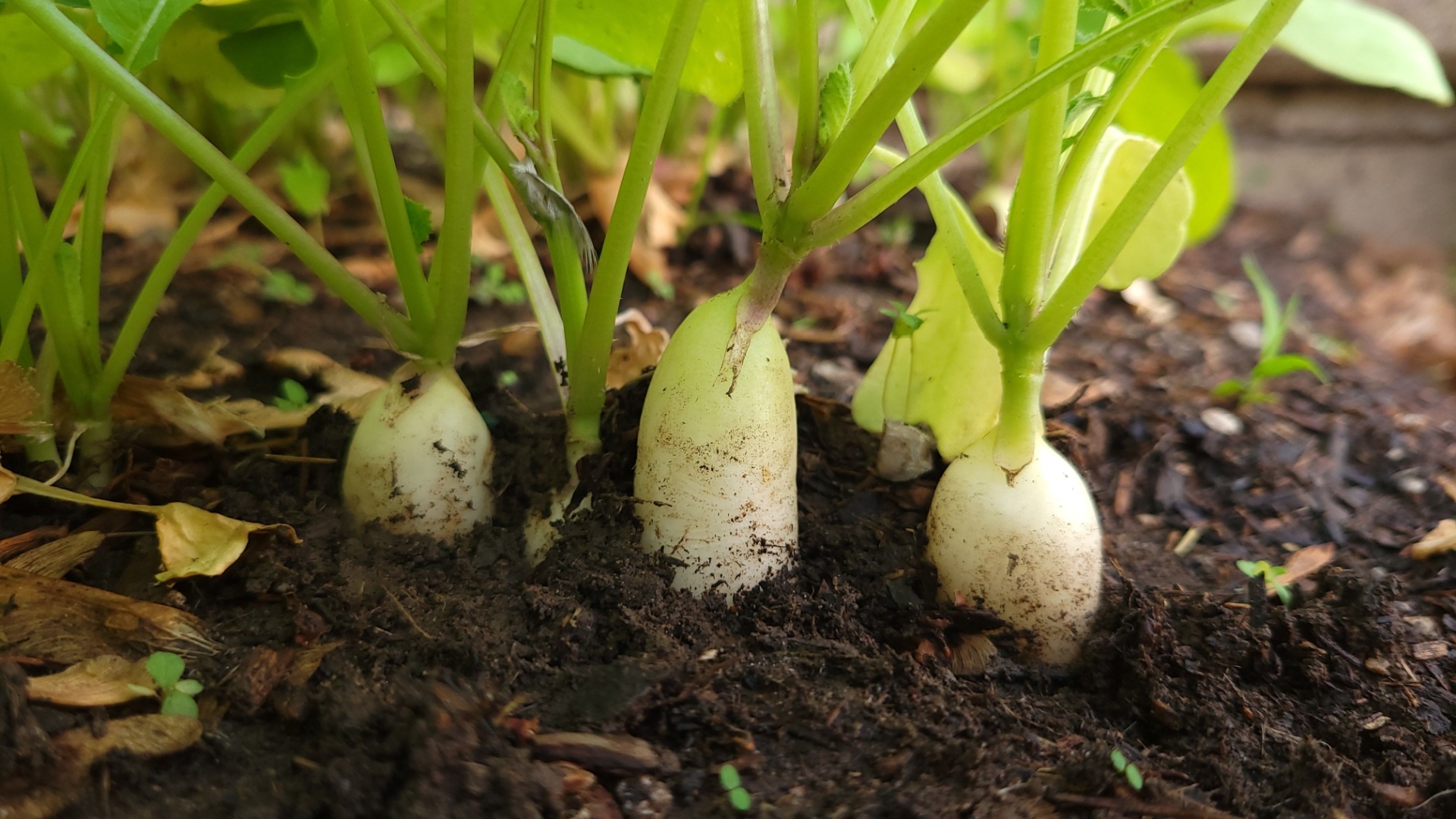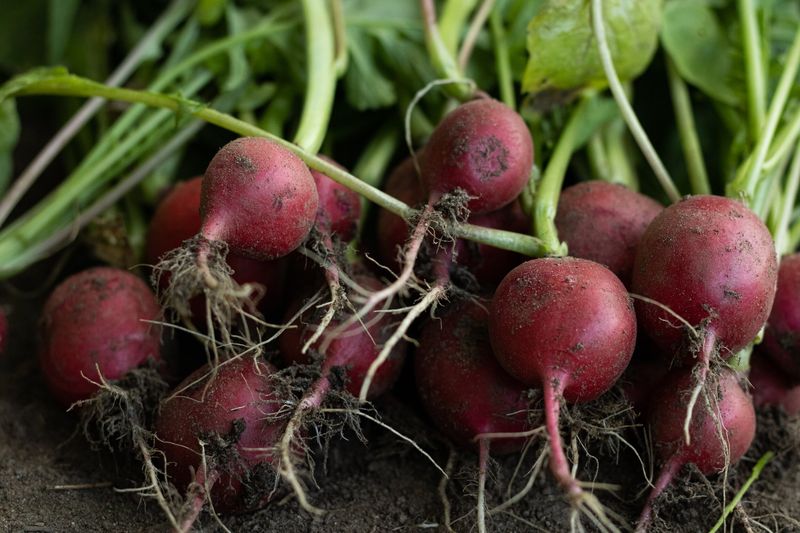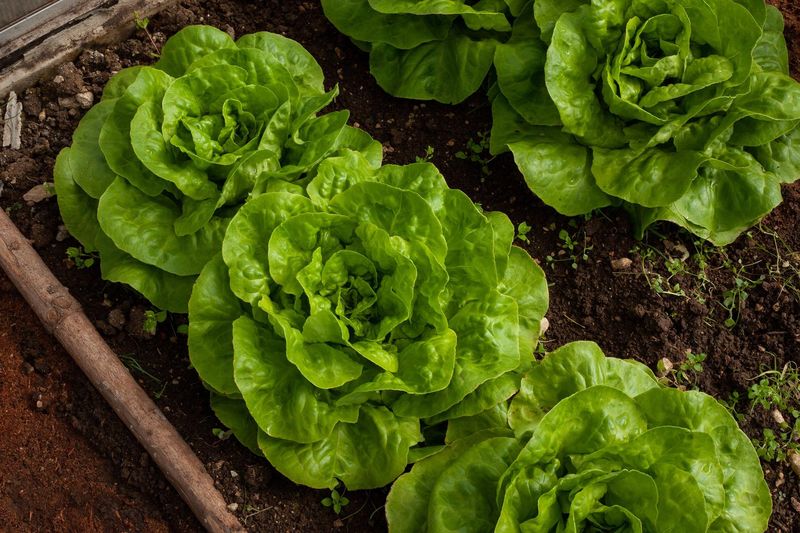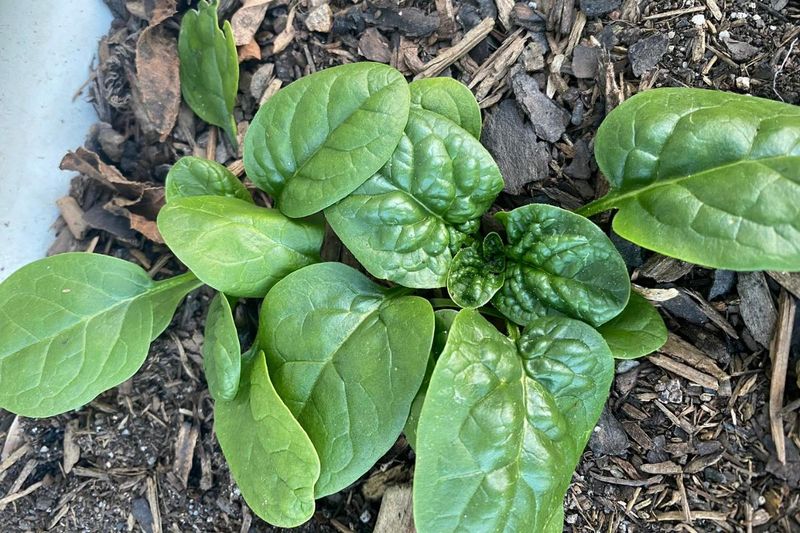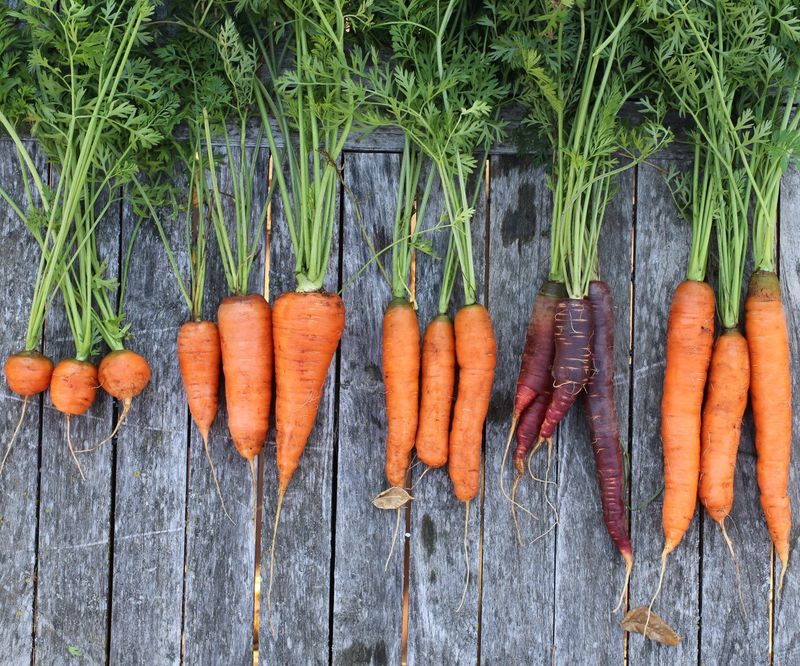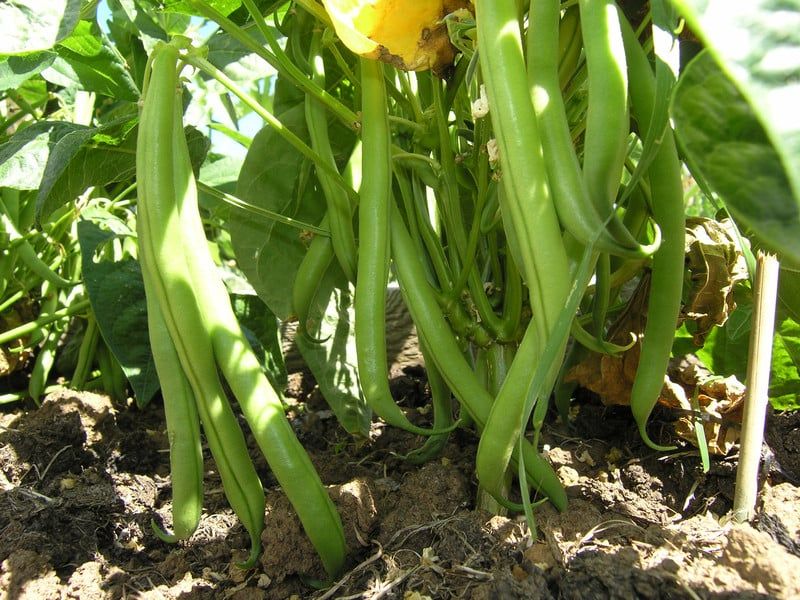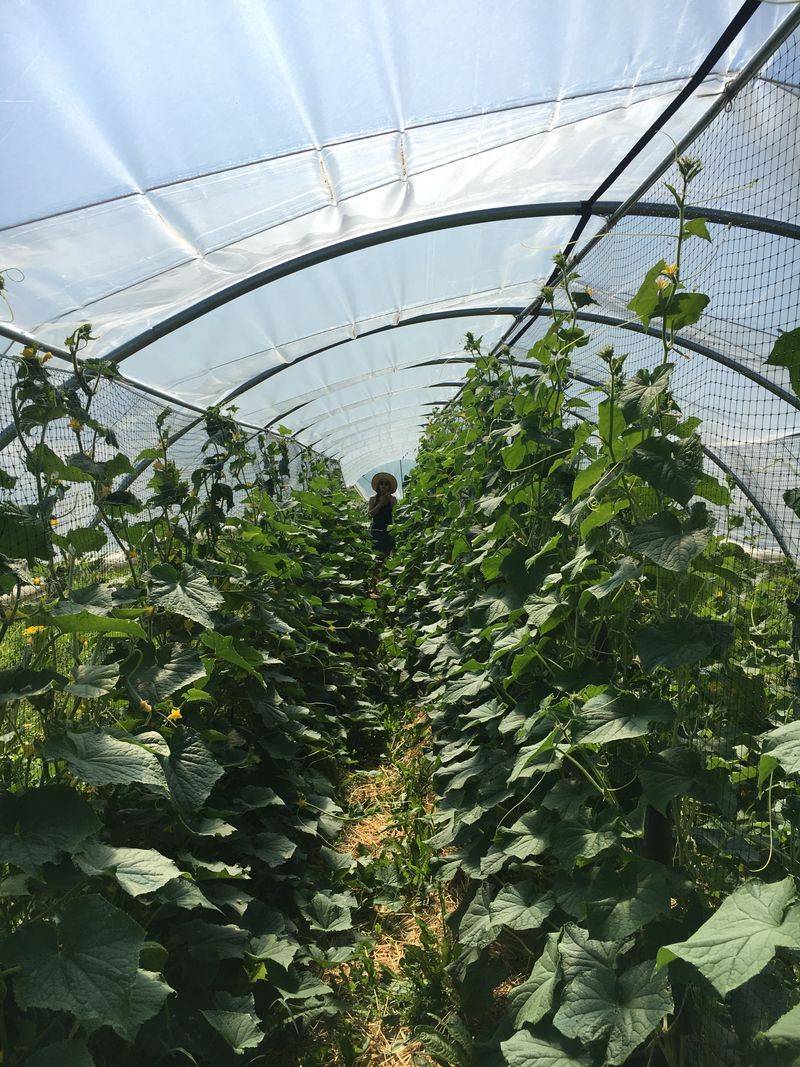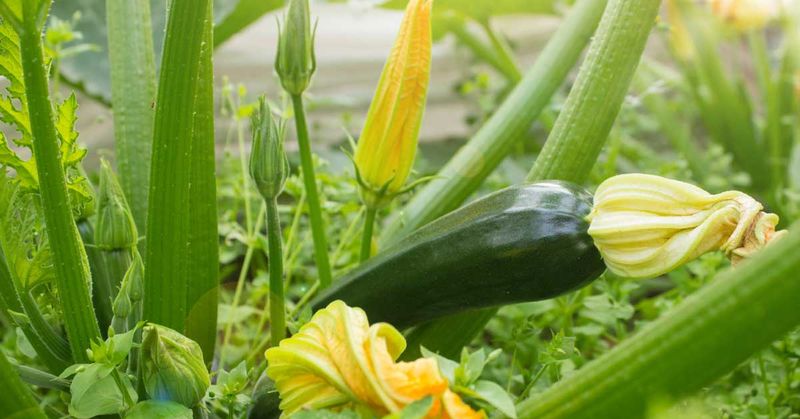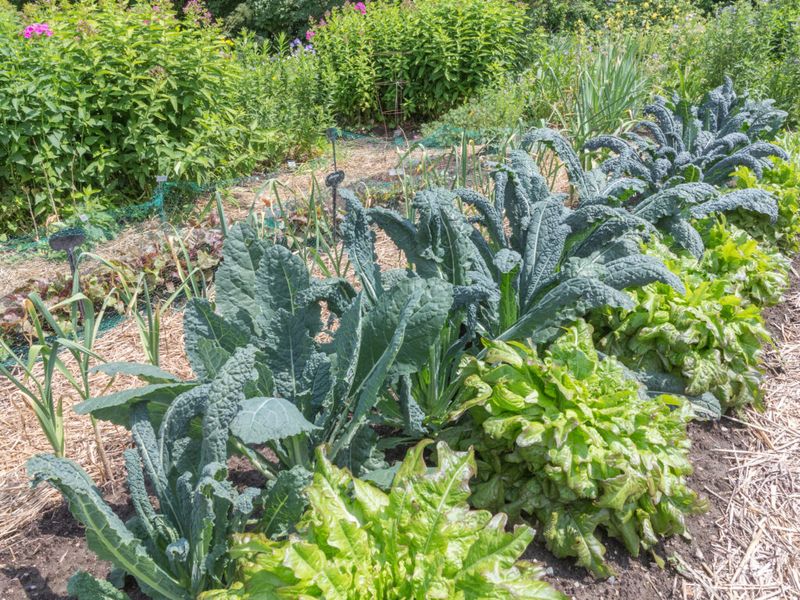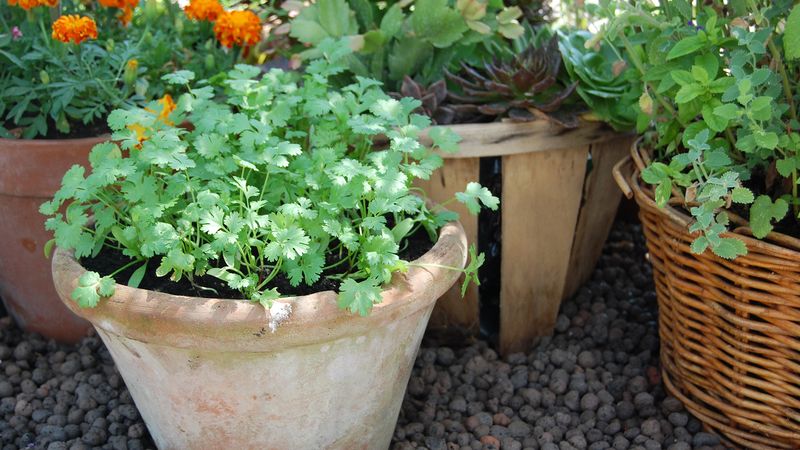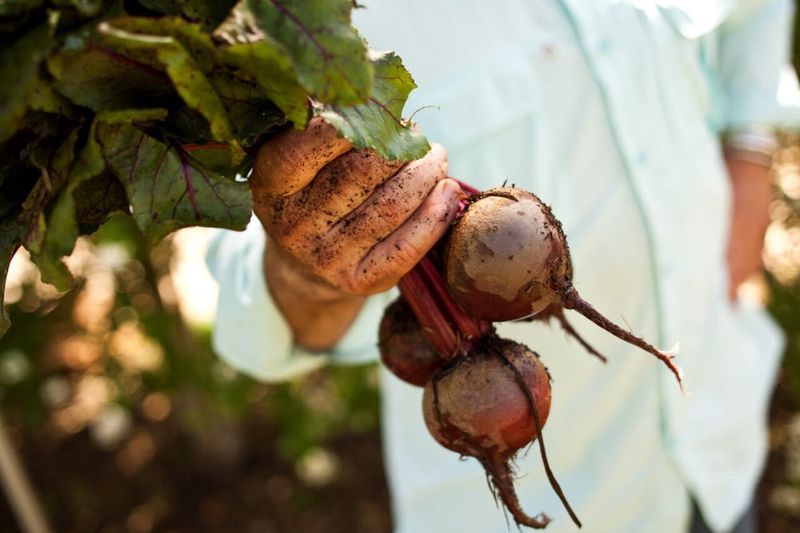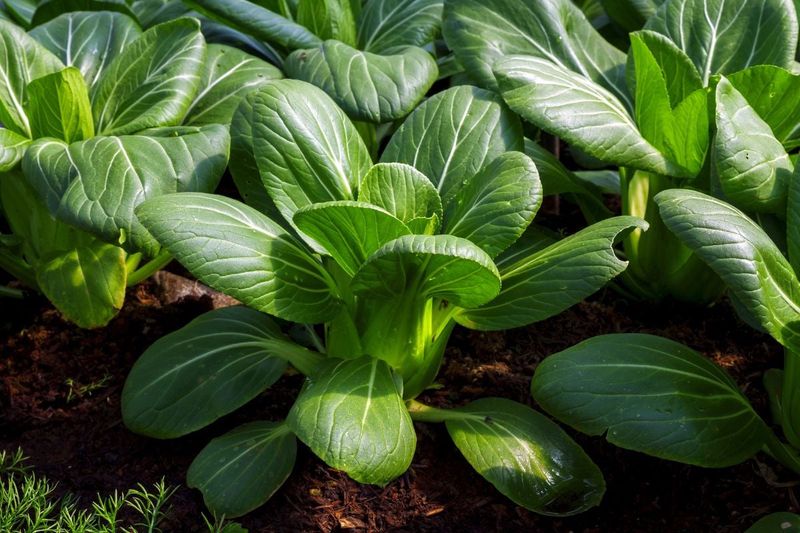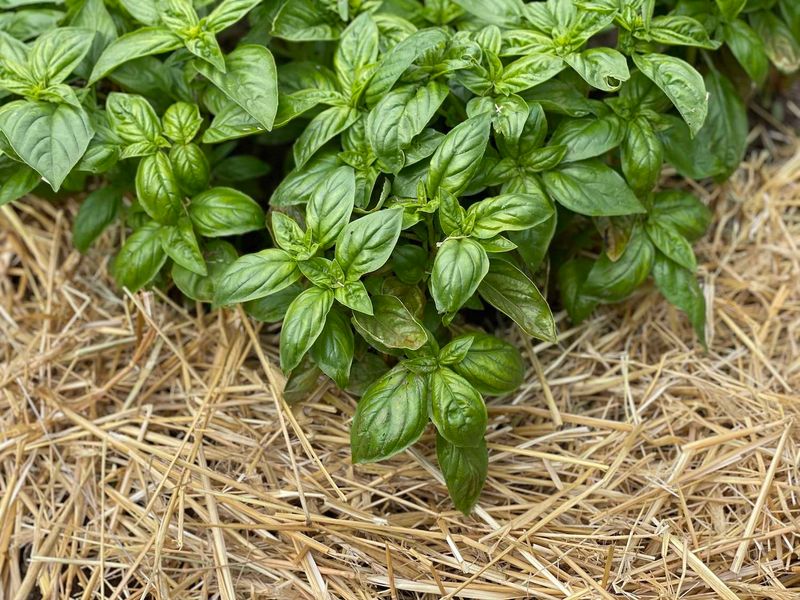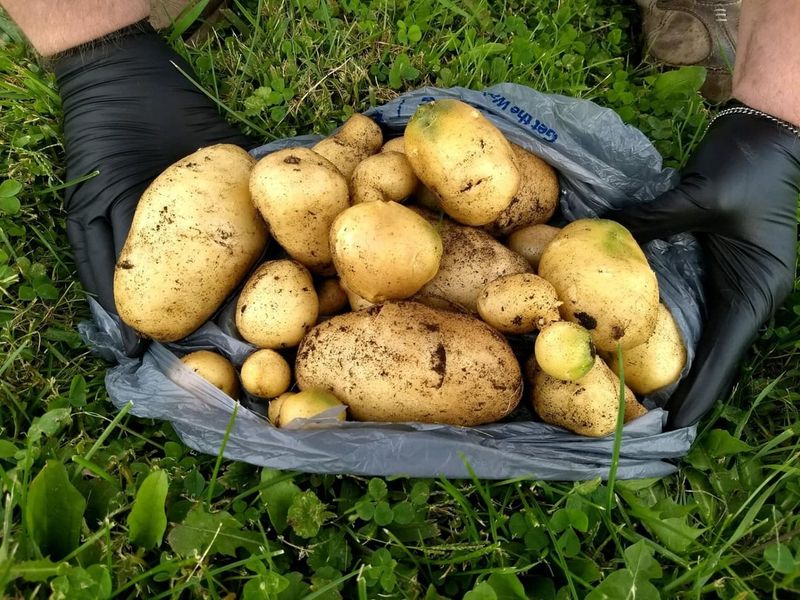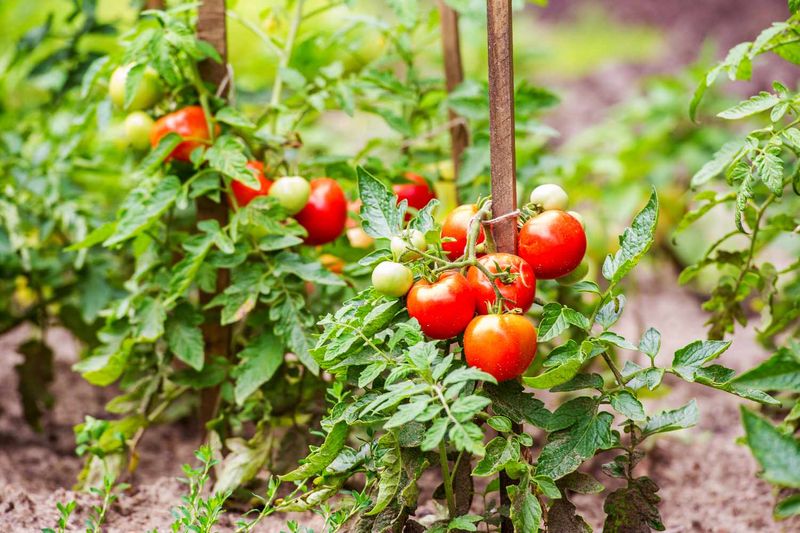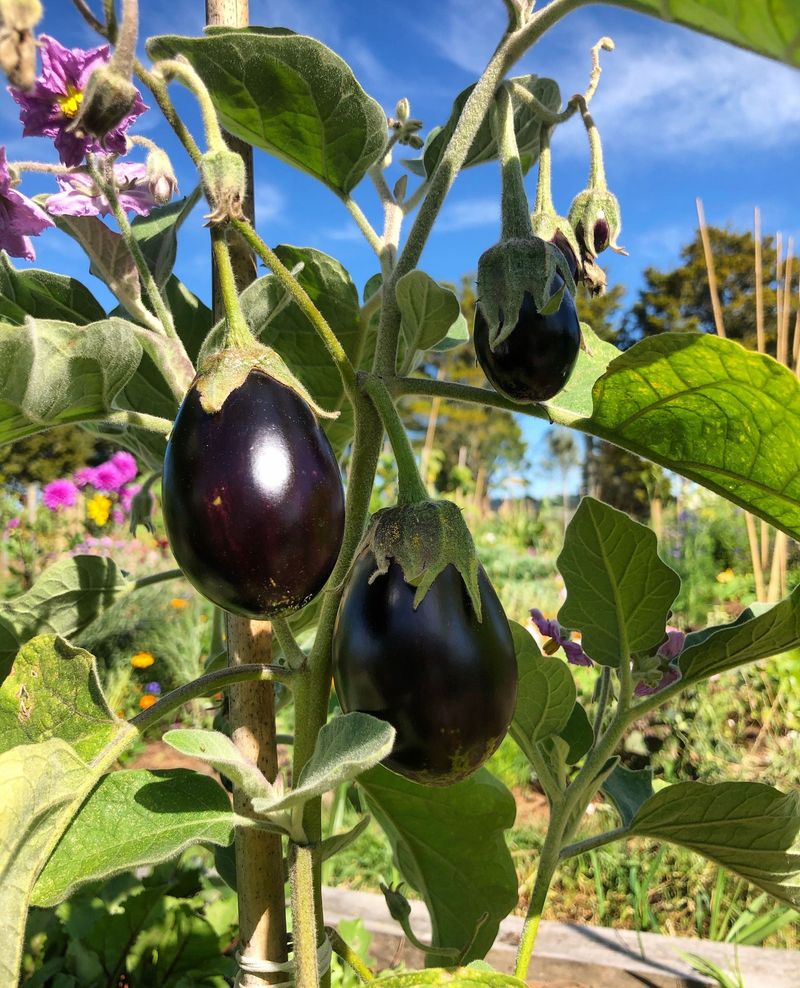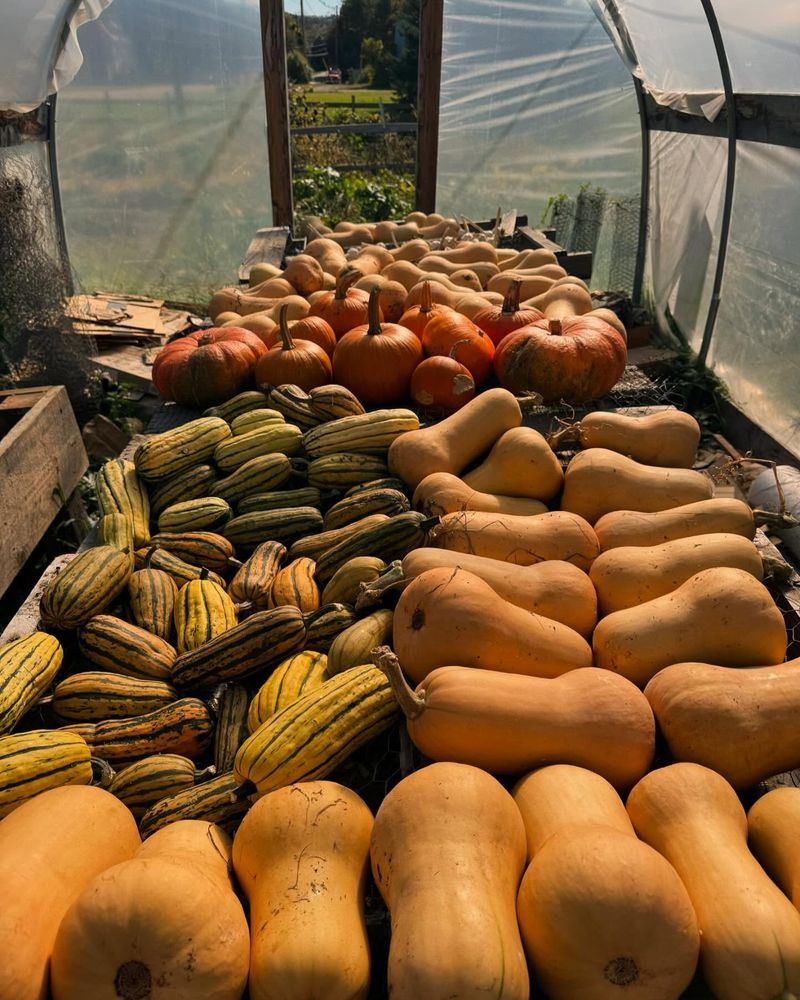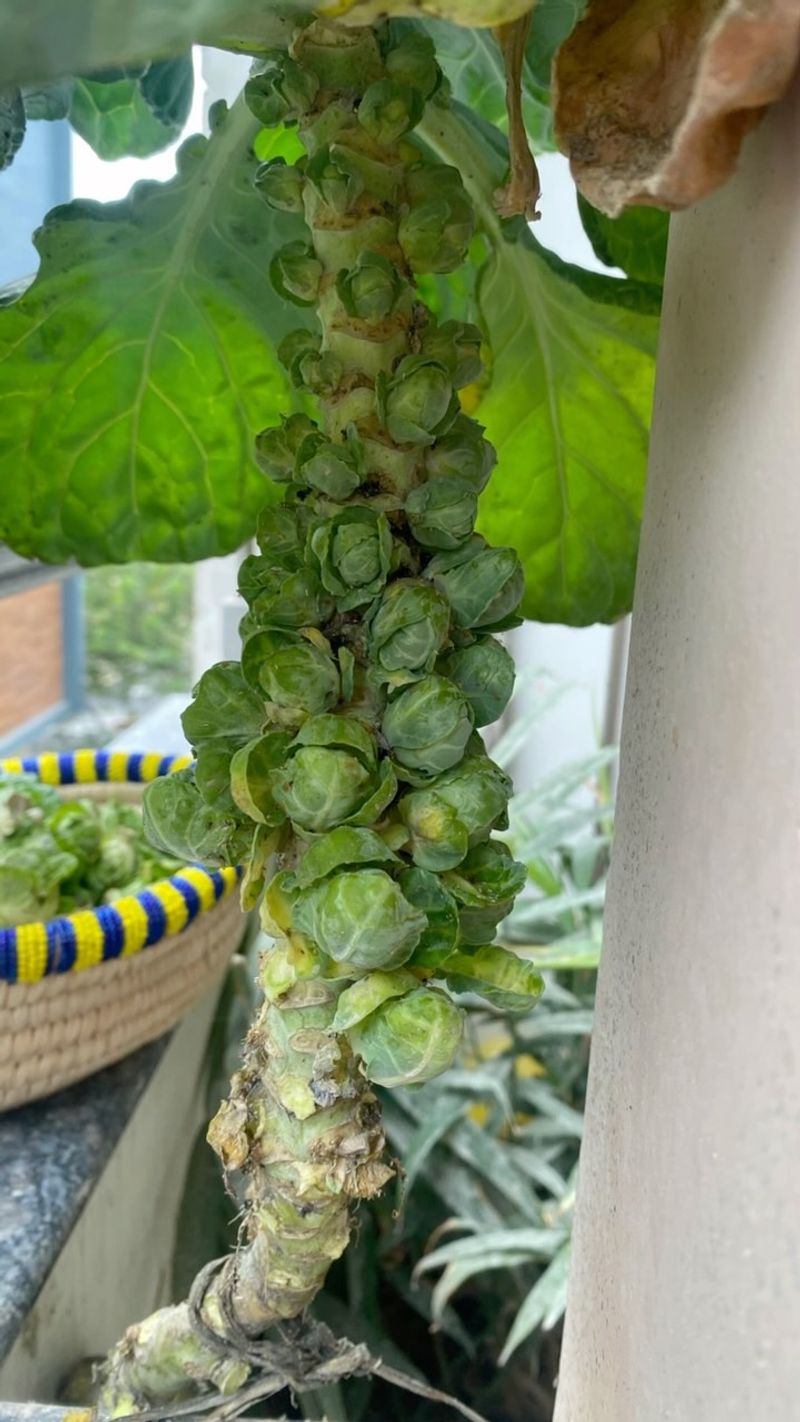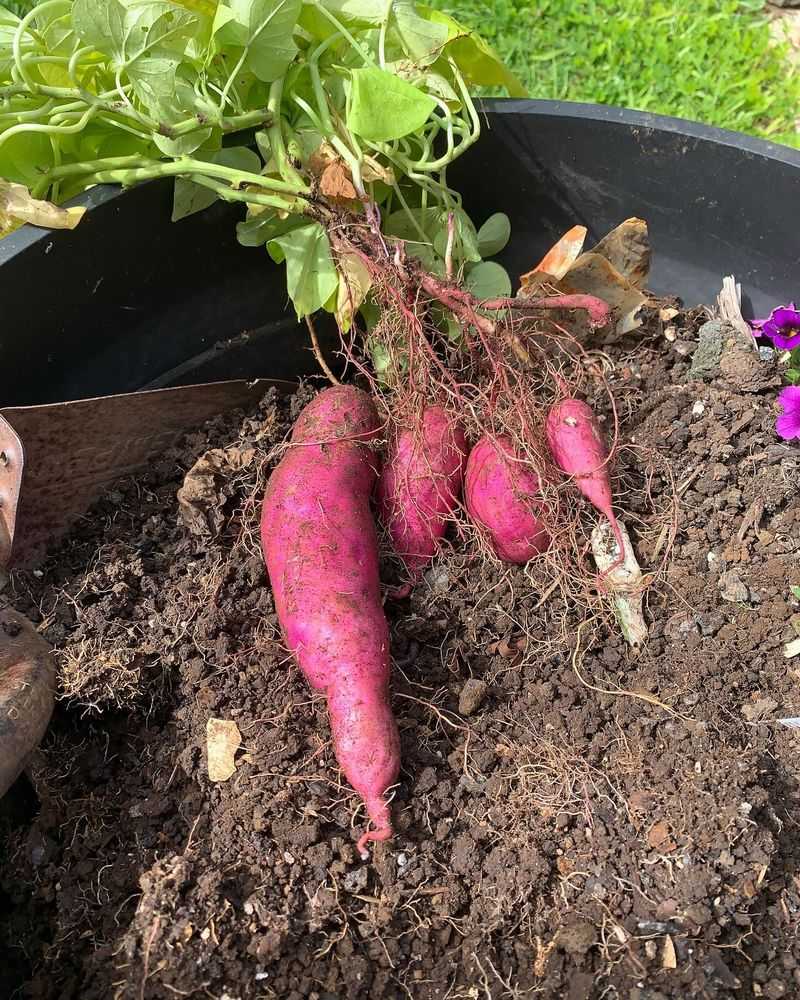Think you can plant once and be done? Think again. Some veggies are built for the long haul, thriving in round after round of succession planting. Others? Not so much—they flame out after one go.
If you want fresh harvests all summer without hitting a wall, here’s your cheat sheet to the vegetables that keep on giving—and the ones that call it quits early.
1. Radishes: Ready in a Flash
Radishes grow from seed to harvest in just 3-4 weeks, making them the speediest succession crop in your garden. Plant a small patch every 10 days from early spring through fall for continuous crunchy harvests.
The quick turnaround means you’ll never have too many ready at once, preventing waste. Plus, different varieties offer unique flavors – from mild breakfast radishes to spicy winter types.
For best results, keep soil consistently moist and harvest promptly when roots reach full size to prevent them from becoming woody or splitting.
2. Lettuce: The Salad Bowl Staple
Summer heat makes lettuce bolt (flower), turning leaves bitter. Combat this by planting small batches every two weeks in partially shaded spots. Choose heat-resistant varieties like ‘Buttercrunch’ or ‘Summer Crisp’ for mid-season plantings.
Harvest outer leaves while leaving the center intact – this ‘cut and come again’ method extends your harvest from a single planting. Consider planting beneath taller crops for natural shade.
When temperatures soar, use shade cloth or plant on the north side of taller vegetables to keep lettuce cool and productive longer.
3. Spinach: Spring and Fall Superstar
Spinach bolts quickly in summer heat but thrives during cooler months. Start seeds every 10-14 days in spring, then pause during peak summer. Resume succession planting in late summer for abundant fall harvests.
Try heat-tolerant varieties like ‘Space’ or ‘Tyee’ to extend your growing season. Pick outer leaves first to allow plants to continue producing – one plant can provide multiple harvests this way.
For a continuous summer supply, consider New Zealand spinach or Malabar spinach as heat-loving alternatives that aren’t true spinach but offer similar culinary uses.
4. Carrots: Sweet Underground Treasures
Plant carrot seeds every 2-3 weeks from spring through mid-summer for harvests that extend into fall. Summer-sown carrots often taste sweeter, as cold temperatures convert starches to sugars.
Choose different varieties for each planting – quick-growing ‘Adelaide’ for early harvests, heat-tolerant ‘Napoli’ for summer, and storage types like ‘Bolero’ for fall plantings. Keep soil consistently moist until germination.
For fall harvests, mulch heavily and leave carrots in the ground after light frosts – they’ll become even sweeter! Just harvest before the ground freezes solid.
5. Green Beans: Prolific Producers
Bush beans produce heavily for about 3 weeks, making them perfect for succession planting. Sow new batches every 2-3 weeks until about 60 days before your first fall frost for non-stop harvests.
The magic of succession planting becomes apparent with beans – when one batch finishes producing, the next starts flowering. This strategy prevents being overwhelmed with too many beans at once.
For extended harvests from a single planting, try pole beans alongside bush varieties. They take longer to start producing but continue bearing for months once they begin.
6. Cucumbers: Crisp Summer Refreshment
Start cucumber seeds indoors 3-4 weeks before transplanting for earlier harvests. Then make a second direct-sown planting 3-4 weeks after the first for extended production into fall.
First plantings often slow down by mid-summer due to pest pressure and exhaustion. Fresh plants produce cleaner, better-quality fruits when older plants decline. Try pickling varieties for early plantings and slicers for later crops.
Regular harvesting encourages continued production – even small cucumbers left on the vine signal the plant to slow down. Pick every other day during peak season.
7. Zucchini: The Gift That Keeps Giving
Make your first zucchini planting after frost danger passes, then sow again 4-6 weeks later. This second planting provides fresh, disease-free plants just as the first batch begins to decline from powdery mildew or squash vine borers.
Early plantings often produce heavily then slow down mid-summer. New plants ensure continued harvests through fall. Try different varieties – green, yellow, or round types – for culinary diversity.
One healthy plant can produce 2-3 squash weekly, so stagger plantings to avoid being overwhelmed. Harvest when fruits reach 6-8 inches for best flavor and texture.
8. Kale: The Cold-Weather Champion
Kale’s remarkable cold tolerance makes it perfect for succession planting from spring through late summer. Early plantings provide baby greens for tender salads, while later sowings mature into frost-sweetened winter harvests.
Plant every 2-3 weeks, choosing heat-tolerant varieties like ‘Lacinato’ for summer plantings. Fall-planted kale often tastes sweeter after light frosts convert starches to sugars in the leaves.
Harvest outer leaves first, allowing plants to continue producing from the center. This cut-and-come-again approach can extend harvests for months from a single planting.
9. Cilantro: The Quick-to-Bolt Herb
Cilantro bolts (flowers) quickly in heat, making it the poster child for succession planting. Sow fresh seeds every 2-3 weeks throughout the growing season for continuous harvests before plants flower.
During summer heat, provide afternoon shade and choose slow-bolting varieties like ‘Leisure’ or ‘Santo’. Consider planting in containers that can be moved to cooler spots as needed.
Allow some plants to flower and set seeds (coriander) while younger plantings provide fresh leaves. The flowers attract beneficial insects, and you’ll harvest both herbs from the same plant!
10. Beets: Two Crops in One
Beets offer both nutritious greens and sweet roots from the same plant. Sow seeds every 3 weeks from spring through mid-summer for continuous harvests well into fall.
Thin seedlings to 3-4 inches apart, using the thinnings in salads – baby beet greens are delicious! Harvest roots when they reach 1-3 inches in diameter for tender texture and optimal flavor.
Summer-planted beets often develop sweeter flavor as they mature in cooler fall temperatures. Mulch well to maintain soil moisture, as dry conditions can make beets woody and less flavorful.
11. Bok Choy: Quick Asian Green
Bok choy matures in just 30-45 days, making it ideal for succession planting. Sow seeds every 2-3 weeks from spring through late summer for continuous harvests of this versatile Asian green.
During summer heat, choose bolt-resistant varieties like ‘Joi Choi’ and provide afternoon shade. Baby bok choy can be harvested even earlier – just 25-30 days after planting – for tender salad additions.
Harvest the entire plant at once or cut leaves individually from the outside, allowing the center to continue growing. This cut-and-come-again method extends your harvest from a single planting.
12. Dill: The Pickle Partner
Dill grows quickly and tends to flower after reaching about 2 feet tall. Plant fresh seeds every 2-3 weeks throughout the growing season for a continuous supply of tender fronds.
Early plantings provide feathery leaves for cooking, while later sowings can be timed to produce flowering heads when cucumbers are ready for pickling. Allow some plants to set seed – they’ll self-sow readily for future harvests.
The delicate yellow flowers attract beneficial insects like wasps and hoverflies that help control garden pests. Harvest leaves any time, but flavor is most intense just before flowering begins.
13. Basil: Summer’s Aromatic Gem
Start basil indoors 4-6 weeks before last frost, then make additional direct sowings every 3-4 weeks until mid-summer. Regular harvesting by pinching stem tips encourages bushier growth and prevents flowering, which affects flavor.
Summer heat intensifies basil’s essential oils, making flavor more pronounced. Grow different varieties – sweet Italian, Thai, lemon, or cinnamon – for culinary diversity throughout the season.
For continuous harvests, never take more than one-third of the plant at once. When cold weather approaches, bring potted plants indoors or make a final large harvest for pesto that can be frozen.
14. Potatoes: One-Time Wonder
Unlike succession crops, potatoes perform best when planted all at once in early spring. The long growing season (90-120 days) and specific temperature requirements make multiple plantings impractical in most regions.
Instead of succession planting, grow early, mid-season, and late varieties simultaneously. ‘Red Norland’ matures quickly (80 days), while ‘Yukon Gold’ takes longer (90-100 days), and ‘Kennebec’ needs 110+ days.
Plant in well-drained soil with acidic pH (5.8-6.5) for best results. Harvest new potatoes when plants flower, or wait until vines die back for storage potatoes with tougher skins.
15. Tomatoes: The Single-Planting Star
Tomatoes require a long, warm growing season and don’t benefit from succession planting in most climates. Instead, plant determinate and indeterminate varieties simultaneously for staggered harvests throughout summer.
Determinate types produce all their fruit in a concentrated 4-5 week period – perfect for sauce-making. Indeterminate varieties continue producing until frost kills the plants, providing steady harvests for fresh eating.
Plant after soil warms to 60°F, using season extenders like walls of water for earlier starts. Choose early-maturing varieties like ‘Early Girl’ alongside mid-season types like ‘Better Boy’ for extended harvests.
16. Eggplant: Once Is Enough
Eggplants require a long, hot growing season and don’t benefit from succession planting. These heat-loving nightshades need temperatures consistently above 70°F to thrive and produce well.
Start seeds indoors 8-10 weeks before last frost date for a head start. Transplant after all danger of frost has passed and soil has thoroughly warmed. Plants continue producing until frost if kept healthy.
For extended harvests without succession planting, grow multiple varieties with different maturity dates. Try quick-maturing Asian types alongside classic Italian varieties for diversity in your harvests.
17. Winter Squash: The Long-Season Crop
Winter squash varieties like butternut, acorn, and hubbard require 80-120 days to mature, making succession planting impractical in most growing regions. Plant once after all danger of frost has passed.
These sprawling vines need ample space and warm soil to thrive. Unlike summer squash, which is harvested immature, winter squash must fully ripen on the vine to develop proper flavor and storage capability.
For diversity without succession planting, grow several varieties with different maturity dates. Cure harvested squash in a warm, dry location for 7-14 days before storing to improve flavor and extend shelf life.
18. Brussels Sprouts: The Patient Gardener’s Reward
Brussels sprouts require a long, cool growing season of 90-180 days, making succession planting unnecessary. Plant once in early summer for fall and winter harvests – they actually improve in flavor after light frosts.
These statuesque plants grow slowly, forming miniature cabbage-like sprouts in leaf axils along their tall stalks. Remove lower leaves as sprouts develop to encourage larger size and even maturation.
For extended harvests without succession planting, choose varieties with different maturity dates like ‘Churchill’ (85 days) and ‘Diablo’ (110 days). Harvest from the bottom of the stalk upward as sprouts reach 1-2 inches in diameter.
19. Sweet Potatoes: The Tropical Transplant
Sweet potatoes require 90-170 frost-free days and consistently warm soil to develop properly. Plant slips (rooted cuttings) once after soil warms to 65°F and all danger of frost has passed.
Unlike regular potatoes, sweet potatoes are tropical vines that need hot weather to form their nutritious storage roots. They continue growing until frost kills the vines, making succession planting unnecessary.
After harvest, cure roots at 80-85°F with high humidity for 7-10 days to convert starches to sugars and heal small wounds. This process dramatically improves flavor and extends storage life to several months.

